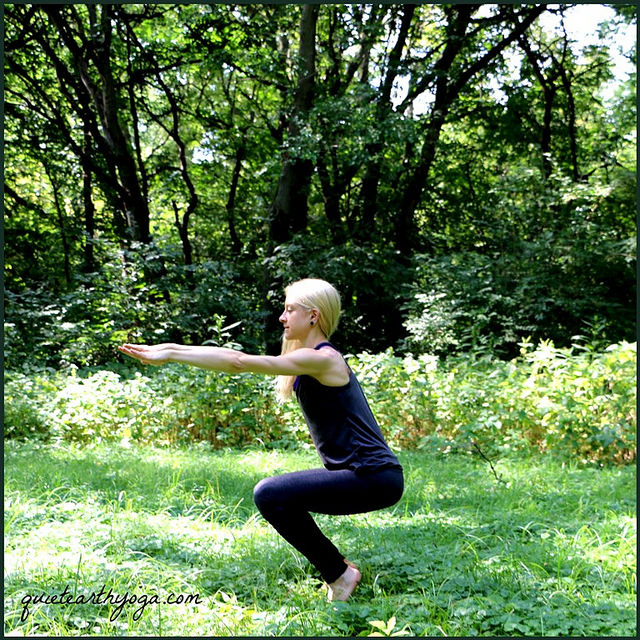In our comfort-crazed culture, who really wants to be uncomfortable?
We avoid it as much as we can.
We’ll sit on the sofa and turn the TV channels with the remote. Oh, and while we’re at it, we’ll turn up the thermostat, using our smartphones, because we’re cold and don’t want to get up from beneath the blanket!
We’ll quickly become irked and frustrated when a car takes the parking space we were heading for, because now we have to park further away and make the long walk in the rain to the store.
We’ll obsess about someone’s offhand comment that pissed us off, and then we can’t stop creating a dialogue about it in our heads. But having a real conversation would feel too uncomfortable, so we keep our mouths shut.
But as much as we try to make ourselves more comfortable—from high-tech gadgets to plain avoidance—we will continually find ourselves in uncomfortable situations.
Why do we have such disdain for being uncomfortable? Uncomfortable situations make us feel out of control. They require extra (God, help us!) effort. They create feelings of anxiety and fear. Our bodies get tense, and that leads to a cramp in our necks and shoulders or a pain in our bellies. It goes against our innate desire to feel calm and at peace. Oh, and then there’s the fear of actually putting ourselves out there and failing…or succeeding!
As someone who’s been an ace at avoiding discomfort for much of her life, you may wonder why I’d ever want to change my relationship with it. I mean, why not keep avoiding discomfort?
All of that avoidance creates its own set of stress and anxiety. The inner dialog and the unsettled feelings seem to fray my nerves and make me feel even more out of control. And for the times when I can’t just walk away—when I have to stay in the middle of what feels uncomfortable—well, I’d rather learn how to be more comfortable in the midst of the discomfort.
There has to be a better strategy—and there is.
Yoga, as it turns out, can teach us how to be okay with being uncomfortable and to even see the value in it. As a yoga teacher, I’ve found the work that we do on the mat to be highly insightful for helping me and my students navigate life more easily off the mat. Yoga can help us not avoid or turn away from discomfort, but show us how to stay with it, without falling apart.
If you’ve practiced yoga, you know how good you can feel at the end of a practice. Your body feels open, energized and lighter—and so does your mind. If you think about it though, most poses have some level of discomfort associated with them. There’s the ball of tension in your hips that you’re trying to breathe though while in Pigeon pose, or the hamstrings that are screaming at you in a forward bend. The fire in your abdomen as you hold (for what can seem like far too long) Boat pose, or even finding your balance in Tree pose or Warrior Three, can make you feel irked and frustrated.
Yet, in yoga, we purposefully and willingly put ourselves in those uncomfortable positions. We bring ourselves to the edge of discomfort and look for the stillness within. We learn that even though we’re not totally comfortable, we’re still in control (and we can still smile!). We have control over our breath, our movement (adjusting and realigning) and our thoughts. We learn how to stay with it and become comfortable amidst the discomfort.
The same principles apply off the mat. We can use the breath to find a steady rhythm and some relief, as we calm our nervous system. We know that by becoming mindful, we can control our thoughts and our response. And while we might not be able to avoid the offending situation, we can feel strong—even empowered—with the knowledge we’ll actually be okay, even though things feel a little off.
So the next time you’re in an uncomfortable situation, remember your yoga practice. Breathe deeply to give yourself some space in your body and mind, and to release the grip of tension. Fall back on knowing you can withstand it, and that you can do so with grace and ease.
Connect with the inner resilience that you’ve built up through your practice, and rise up to meet the situation with strength. Smile, knowing you don’t need to avoid discomfort anymore, because you’ve got this!
~
Author: Ruth Barski
Image: Flickr/Amy
Editor: Yoli Ramazzina


 Share on bsky
Share on bsky





Read 2 comments and reply